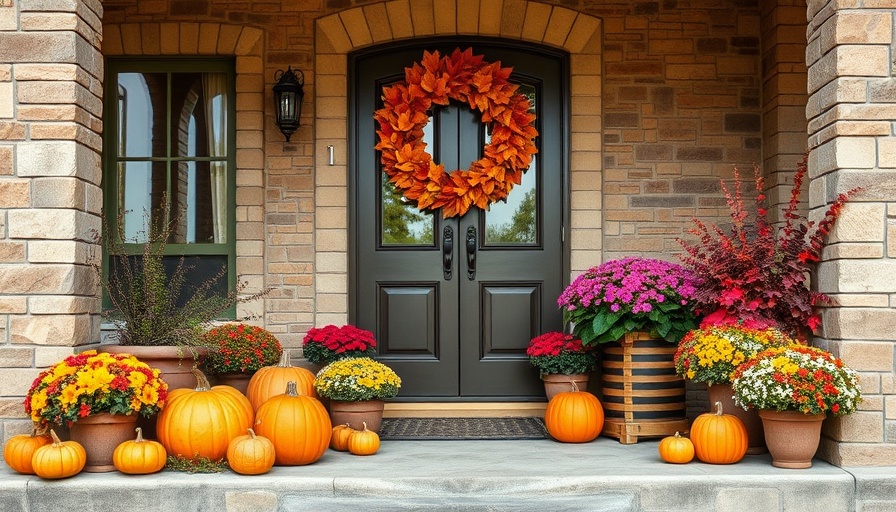
Understanding the Stubborn Dilemma of Sunscreen Stains
Summer trips often mean the joys of sunbathing and the hassle of applying sunscreen—delightful for your skin but not so much for your car. If you’ve noticed that the perfect sun-kissed glow came with the unfortunate side effect of stubborn sunscreen stains on your leather seats, don’t fret! We’re here to help you tackle these pesky marks without ruining your interior. With a little elbow grease and some household items, you can restore your leather to its original glory!
What Causes Sunscreen Stains?
Before we dive into solutions, let’s explore why sunscreen is so damaging to leather. Most sunscreens are made up of oils and chemicals that can seep into the porous surface of leather, leading to discoloration and stains. The very ingredients that protect your skin can be disastrous for your car’s upholstery—who knew?
The Right Tools to Rescue Your Leather
Successful cleaning starts with having the right tools. Here’s a small checklist of what you’ll need:
- Soft microfiber cloths
- Leather cleaner or a mixture of mild dish soap and water
- Olive oil or leather conditioner (for conditioning after cleaning)
- A soft-bristled brush (optional but helpful)
These items are typically found around the house or can be easily acquired, so you’re already in a good place!
Step-by-Step Cleaning Guide
Now let’s get into the nitty-gritty! Follow these steps to effectively get rid of those treacherous sunscreen stains:
- Dampen the Cloth: Start with a clean microfiber cloth slightly dampened with water. It’s essential not to soak the leather, as excess moisture can lead to further damage.
- Apply Cleaner: Use your preferred leather cleaner or a mixture of mild dish soap and water. Apply a small amount directly to the cloth, not onto the seat, to control the application.
- Gently Clean: With the cleaner on the cloth, gently scrub the stained area using a circular motion. Be patient—this might take a little time!
- Wipe Down: After scrubbing, use a separate, damp cloth to remove any cleaner residues, ensuring you don’t leave any soap behind.
- Condition: Finally, apply a small amount of olive oil or a leather conditioner to restore moisture and protect your investment. Remember, leather loves hydration!
And voila! You should see a notable difference. If the stain persists, don’t hesitate to repeat the steps or consult a professional leather cleaner.
Common FAQs About Leather Care
Here are answers to some frequently asked questions regarding leather maintenance:
- Can I use regular soap for cleaning? Not recommended! Specialized leather cleaners provide the right balance of cleaning power while being gentle on the material.
- How often should I clean my leather seats? A good rule of thumb is to clean them seasonally or whenever you notice buildup on the surfaces.
- Is it safe to use wipes? While convenient, some wipes can contain chemicals that are harmful to leather. If you must use them, ensure they are leather-safe.
Conclusion: Restore Your Leather with Confidence
With a little effort and the right supplies, you can keep your leather car seats looking fresh and clean despite the challenges of sunscreen. Remember, your car is an investment—treating it right pays off in the long run. So, what are you waiting for? Get to cleaning!
 Add Row
Add Row  Add
Add 



Write A Comment